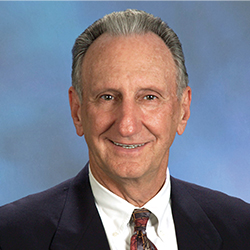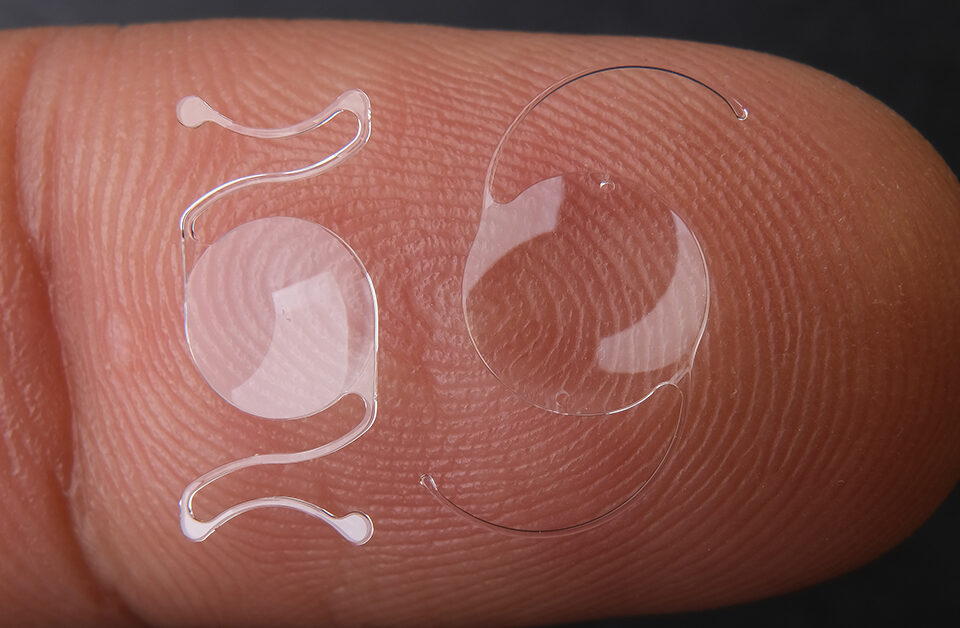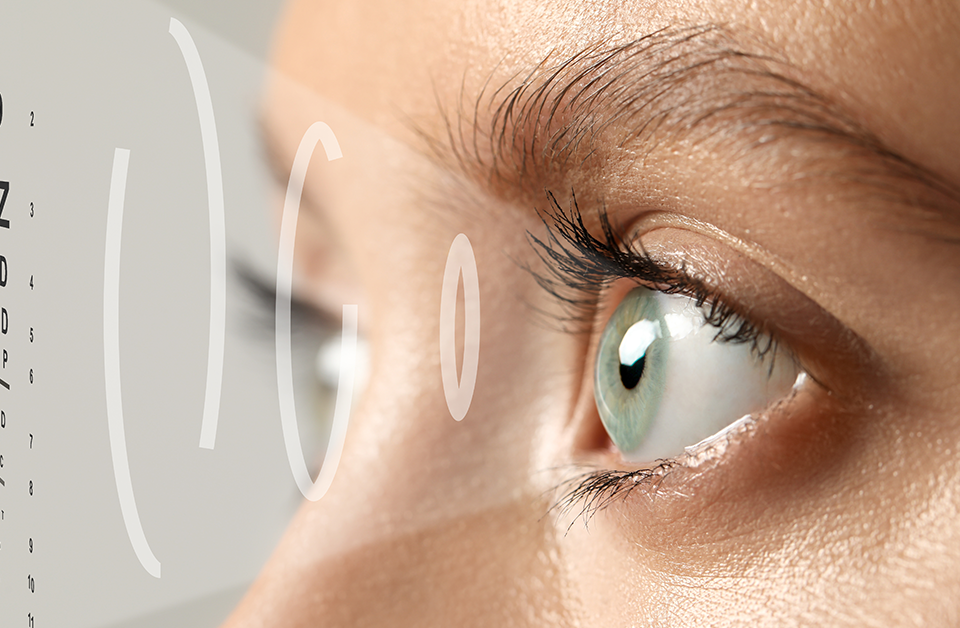Many high school students have no idea what they want to do when they graduate. Steve Kinter wasn’t one of them. He knew he wanted to work with his hands and build things, to become a carpenter.
His career pursuits were interrupted, however, by a stint in the Navy and nearly two years of service in Vietnam.
“I was in the brown-water Navy over there,” quips Steve, now 73. “I worked on the patrol boats that roamed the rivers and seas. I extended my time in Vietnam so I could get out of the service a year early.
“When I was discharged from the military, my mom and brother were living in Juneau, Alaska. They kept telling me, You’ve got to come up here. It’s beautiful. So, I got on a plane, flew to Alaska and stayed there for 42 years.”
Shortly after Steve arrived in Juneau, an opportunity opened for apprentice carpenters at the union. He applied, was accepted and began a career that spanned more than 40 years.
“I built a lot of things over the years,” Steve recounts. “I worked for the government building military housing. I built commercial structures and residential housing as well. In Juneau, I helped build the tram that goes to the top of Mount Roberts. I also built the observation deck at the top of the mountain.”
After their mother passed away, Steve and his brother made a dramatic location shift and moved to Florida. But Steve’s comfortable life as a retiree in the Sunshine State was disturbed three years ago by a troubling issue with his eyesight.


COURTESY GRAPHIC
“All of a sudden, the vision in my right eye started getting blurry, and within six months to a year, I was completely blind in that eye,” Steve laments. “Eventually, I went to my eye doctor, who checked me out and said, Your right eye is full of cataracts. We’ve got to do surgery.”
The eye doctor, Robert J. Weinstock, MD, is director of cataract and refractive surgery at The Eye Institute of West Florida. Dr. Weinstock diagnosed advanced cataracts, which were interfering with Steve’s vision.
Cataracts are a clouding of the lens caused by a buildup of protein deposits. The only treatment is surgery to remove the affected lens.
The surgery is typically performed on one eye at a time, with a week or two between the procedures. Each procedure takes only a few minutes and starts with the breakup of the lens, which is typically done with a tool that creates ultrasonic energy.
Once the lens has been broken up, it is removed and replaced with a synthetic intraocular lens, or IOL. Like contact lenses, IOLs come in various focusing powers to correct a variety of vision issues.
IOLs are typically made of a flexible plastic such as acrylic or silicone and are coated with a special material to help protect the eyes from the sun’s ultraviolet rays.
Opaque Lenses
“In examining Mr. Kinter, we discovered what we call a white cataract, which means his eye’s lens had become totally opaque and was blocking his vision,” Dr. Weinstock explains. “The cataract was so severe that he was essentially blind in that eye. It was so severe that I could not even see into the back of his eye to examine his retina and the optic nerve.”
There are several factors that can lead to a white cataract, the doctor notes. Trauma can cause it. So can certain medications. The most common cause, however, is waiting too long to undergo cataract surgery, which results in the lens completely opacifying.
“Surgery on a white cataract is a little more complex than typical cataract surgery,” Dr. Weinstock asserts. “We often need to take some extra steps to visualize the eye during surgery and a few extra minutes to remove the advanced cataract. We take our time because surgery on white cataracts can have more complications than surgery on earlier-stage cataracts.
“We typically use a laser for white cataract surgery because it helps open the capsule of the cataract, which can be under pressure, and do it in a more controlled manner,” Dr. Weinstock explains. (The capsule is the clear membrane surrounding the lens.) “I also believe the laser is a little bit safer than doing the surgery entirely by hand.”
Don’t Wait
Removal of a white cataract requires more force, which can rupture the delicate capsule, leaving no place to implant an IOL. Additional ultrasonic energy is sometimes required to break up a white cataract, and that can damage other parts of the eye and lead to inflammation.
“It is much safer to have surgery before a white cataract develops,” Dr. Weinstock stresses. “It is a much faster surgery and vision recovers much quicker with less trauma to and inflammation in the eye.”
Dr. Weinstock used the laser and took the extra steps during surgery on Steve’s right eye. He placed a blue dye in the eye to better visualize the structures.
“It was a pretty dense cataract, so we had to use a little extra ultrasonic energy. As a result, his eye healed a little bit slower than average,” Dr. Weinstock reports. “Once we got the cataract out, we could see that he did not have glaucoma, macular degeneration or any retinal issues. We placed the IOL, and he ultimately regained full vision.
“Mr. Kinter’s case is somewhat unusual in that, so far, he has only developed cataracts in one eye. We warned him not to wait so long to have surgery should cataracts develop in his left eye and encouraged him to come see us as soon as he begins to experience any issues that may signal cataracts.”
Symptoms of cataracts include blurry vision and more glare than usual, especially at night, when halos or starbursts around car headlights and lamps can be seen. Cataracts can also cause colors to appear faded or with a yellow or brown tint. Reading may become more difficult as it becomes harder to distinguish the contrast between letters and the background. Frequent vision prescription changes may also be a sign that cataracts are developing.
“The good news is that cataract surgery has become so safe, and the IOLs and equipment we use are so advanced, that patients do not have to wait until they are almost blind to get cataract surgery, like they did 30 or 40 years ago when surgery was more invasive and had a higher risk for complications,” Dr. Weinstock contends.
“Today, there are very few risks associated with cataract surgery. In fact, it is statistically the safest surgery in medicine. And as an added bonus, many people who undergo cataract surgery are able to stop wearing glasses. For all these reasons, and to avoid white cataracts, we encourage people to not wait to seek a cataract evaluation once they begin to experience symptoms.”
“Perfect” Vision
Dr. Weinstock performed cataract surgery on Steve’s right eye last December.
“My vision is perfect now; I can see great,” Steve enthuses. “When I close my left eye, I have no blurring in my right eye or anything. It’s like nothing happened. I have had 20/20 vision since the surgery.”
Steve has high praise for the ophthalmologist as well as his staff.
“Dr. Weinstock is great. He’s very knowledgeable, and he explained everything he was doing to me as he was doing it,” Steve raves. “And I didn’t feel a thing. The staff is really on top of things. They really know what they’re doing, so I definitely recommend Dr. Weinstock and The Eye Institute of West Florida.”













